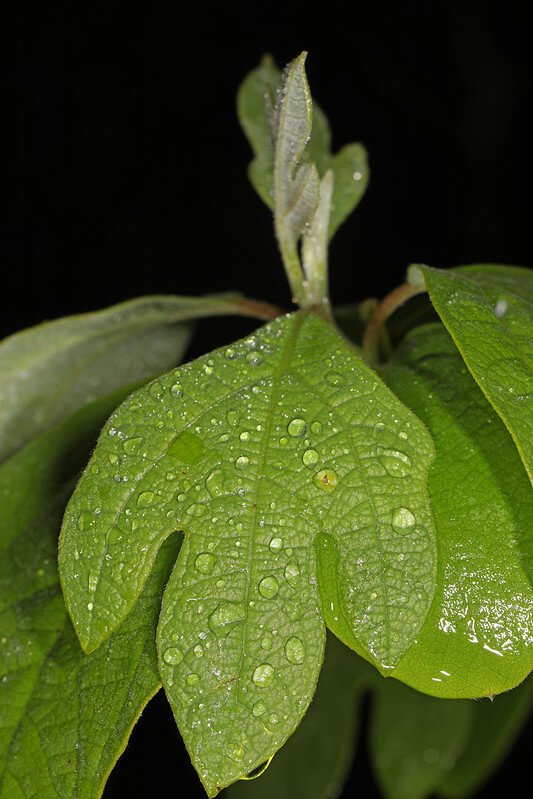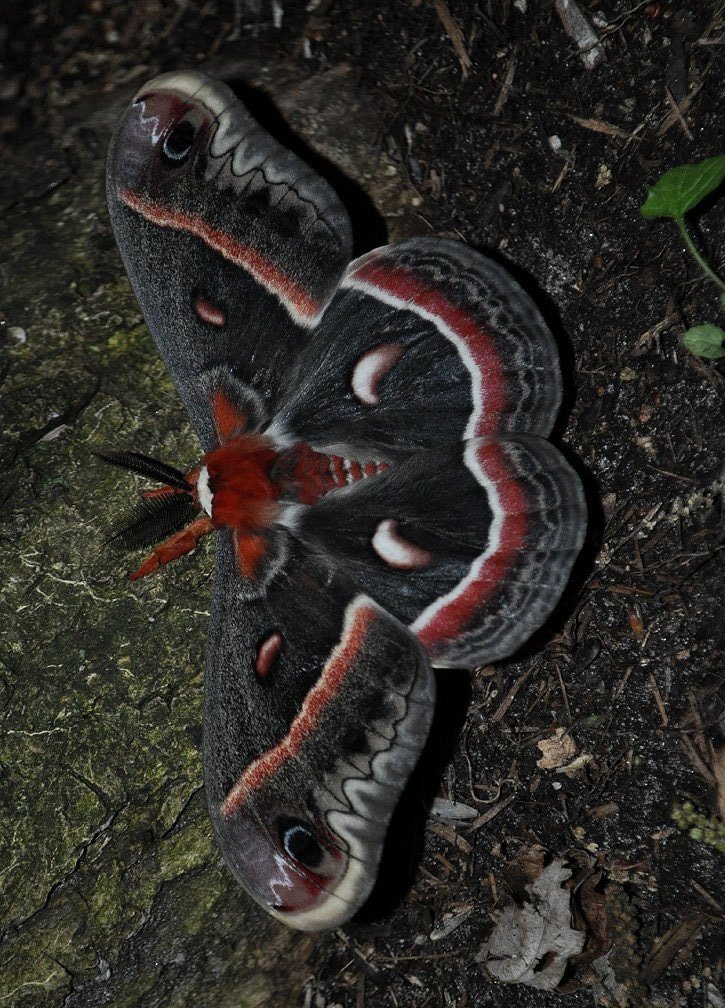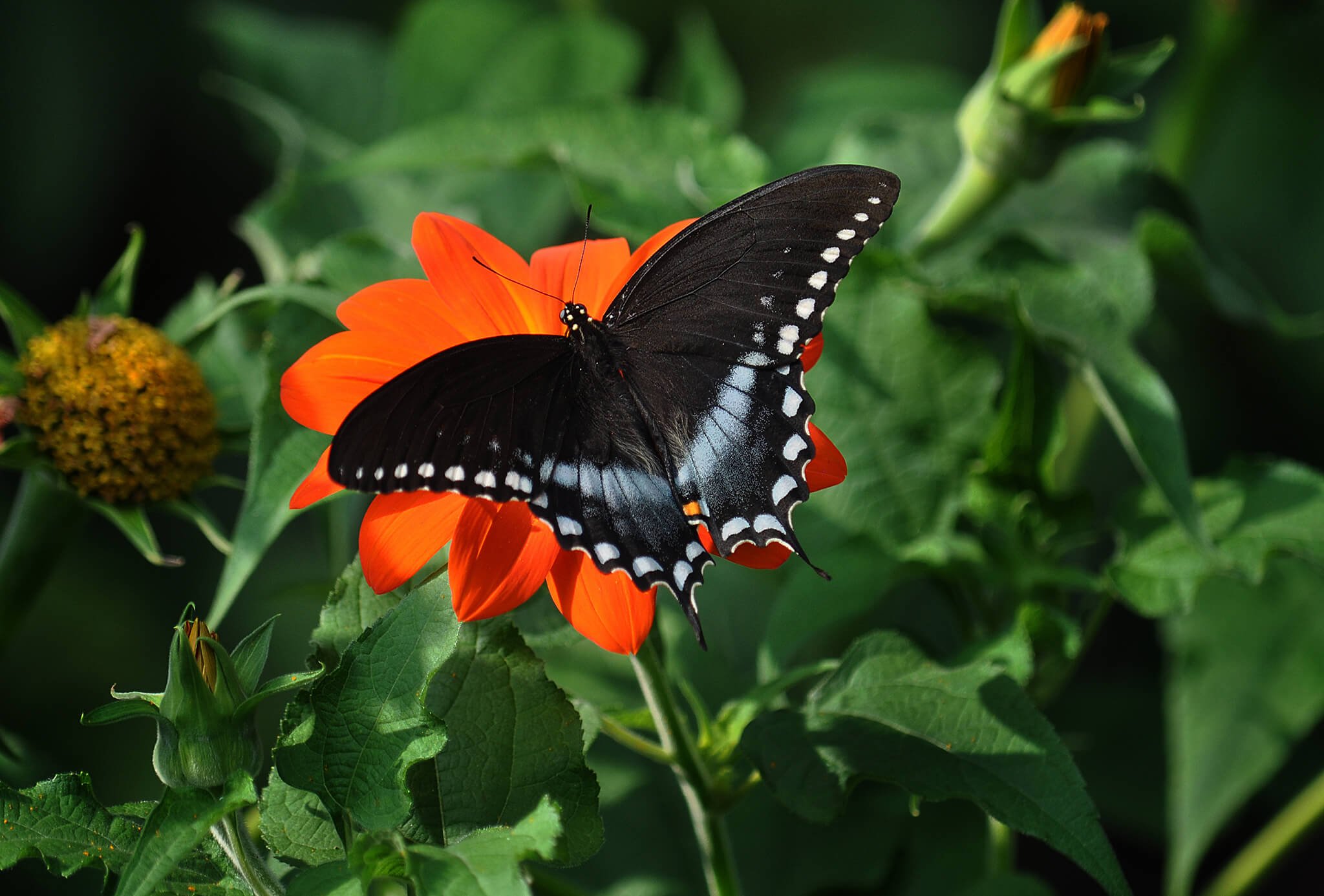Culver's Root (Veronicastrum virginicum)
Culver's Root is such a bold accent plant, with its large white flower spikes. For pollinators, the bloom period fills an important gap, flowering in late May to early June, when spring ephemerals have petered out and mid-summer flowers have not yet bloomed. This plant attracts many kinds of native bees (illinoiswildflower.info) and is the host plant to 3 species of butterflies and moths in our area (nwf.org). Culver's Root is recommended as a monarch nectar source (Xerces.org) and is recommended as a preferred pollinator plant by the Xerces Society (Xerces.org). It is typically not eaten by other mammalian herbivores.
Culver's Root is such a bold accent plant, with its large white flower spikes. For pollinators, the bloom period fills an important gap, flowering in late May to early June, when spring ephemerals have petered out and mid-summer flowers have not yet bloomed. This plant attracts many kinds of native bees (illinoiswildflower.info) and is the host plant to 3 species of butterflies and moths in our area (nwf.org). Culver's Root is recommended as a monarch nectar source (Xerces.org) and is recommended as a preferred pollinator plant by the Xerces Society (Xerces.org). It is typically not eaten by other mammalian herbivores.
Culver's Root is such a bold accent plant, with its large white flower spikes. For pollinators, the bloom period fills an important gap, flowering in late May to early June, when spring ephemerals have petered out and mid-summer flowers have not yet bloomed. This plant attracts many kinds of native bees (illinoiswildflower.info) and is the host plant to 3 species of butterflies and moths in our area (nwf.org). Culver's Root is recommended as a monarch nectar source (Xerces.org) and is recommended as a preferred pollinator plant by the Xerces Society (Xerces.org). It is typically not eaten by other mammalian herbivores.
Life Cycle: Perennial
Sun Exposure: Full, but might be able to handle some partial sun
Soil Moisture: Medium-wet, Medium-dry
Height: 5 feet
Plant Spacing: 2-3 feet
Bloom Time: June - August
Bloom Color: White
Advantages: Pollinator Favorite, Bird Favorite, Deer Resistant, Great landscaping plant
Host Plant: 3 species of butterflies and moths use this as a caterpillar host plant in our area (nwf.org)
Complementary Plants: Common Ironweed, Swamp Milkweed, Blue Vervain, Spotted Joe-Pye Weed












